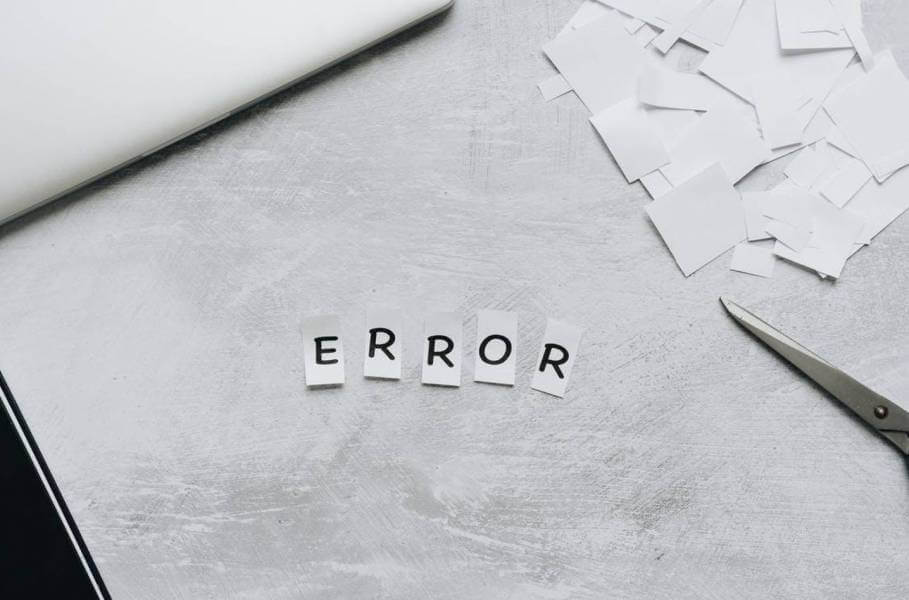
A lot of things can go wrong when translating important business, medical, or legal documents. Luckily, they’re almost always preventable. Here are three of the most common translation mistakes, and how to make sure your business avoids them.
Mistake #1: Not Finding a Specialised Linguist for Niche Projects
Just because a linguist is fluent in your target language doesn’t mean they’re ready to help you with your next project. The top linguists specialise in a field so that they can become a master in a particular industry.
This concentration comes in handy if you’re in the medical or legal industries, both of which have their own unique lexicon. Highly specialised linguists are familiar with technical terms that would ordinarily confuse a general linguist, as these terms may not have a word-for-word translation from one language to the next.
Any errors in legal translation can result in big shockwaves for your law firm, especially if they mistranslate a contract or witness’ statement. To avoid these errors, always specify legal translation services when looking for a linguist.
An experienced legal translation specialist will have a better grasp of the lexical framework of your industry, and they’ll understand the importance of a flawless translation.
Mistake #2: Neglecting How Dialects Change Meanings
Two people speaking the same language may not always understand each other. It comes down to their regional dialect, which is a unique form of language spoken by a particular group of people, usually tied to a specific part of a country.
Words, as a result, might have entirely different meanings depending on where you are in the world. If you don’t take these dialects into account, you can wind up with using a translation that falls flat.
Take Spanish, for example. You might believe you’re ready to share your company’s message with any Spanish speaker after hiring English to Spanish translation services. However, due to dialects, what makes sense for people living in Spain may not work for people living in other Spanish-speaking parts of the world.
Let’s say you’re trying to advertise a new car. While you can translate car into “coche” for Spanish audiences, you’d be better off using the word “carro” in Guatemala. That’s because “coche” actually means pig to Guatemalans.
The best English to Spanish translation services take different dialects into account so that you can focus on sending the right message to the right audience.
Mistake #3: Using Machine Translation with No Oversight
Machine translation is a quick, affordable way to convert records into your target audience. However, the algorithms used in machine translation are never as sophisticated as a native speaker. Machines can make the wrong decision when choosing a word with multiple meanings, especially when it comes to slang.
That’s not to say you can’t use machine translation services for important projects. However, you should consider hiring a human linguist to proof your translated documents and catch any lingering errors.
Bottom Line: Get a Professional Involved
While the mistakes above are unique in nature, they share an identical solution. Your business can avoid making these errors by getting the right translation services involved. The professionals are highly specialised native speakers who can catch frustrating and costly mistakes.

Founder Dinis Guarda
IntelligentHQ Your New Business Network.
IntelligentHQ is a Business network and an expert source for finance, capital markets and intelligence for thousands of global business professionals, startups, and companies.
We exist at the point of intersection between technology, social media, finance and innovation.
IntelligentHQ leverages innovation and scale of social digital technology, analytics, news, and distribution to create an unparalleled, full digital medium and social business networks spectrum.
IntelligentHQ is working hard, to become a trusted, and indispensable source of business news and analytics, within financial services and its associated supply chains and ecosystems




























